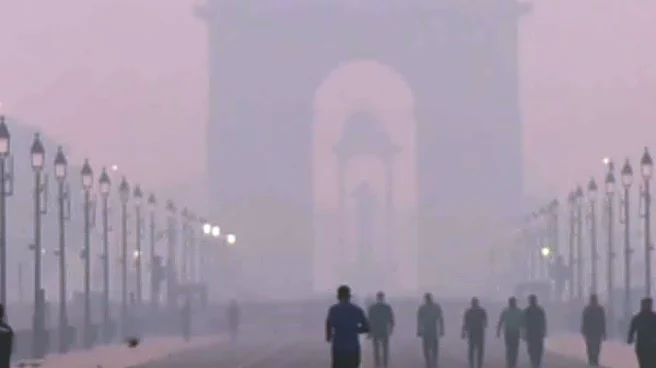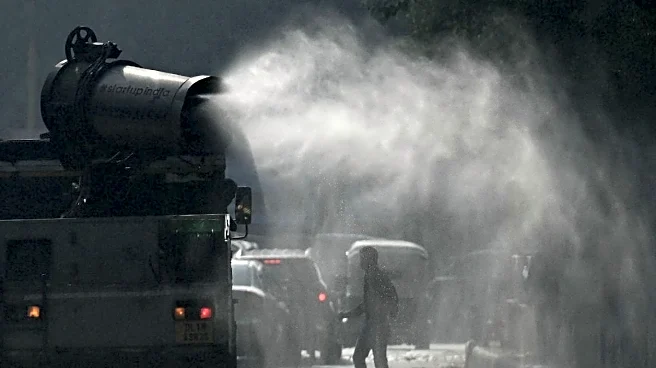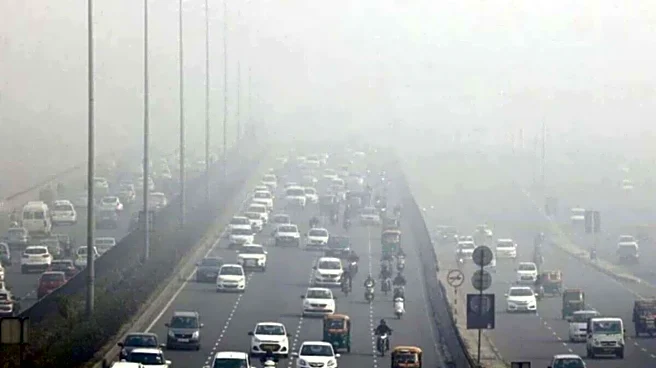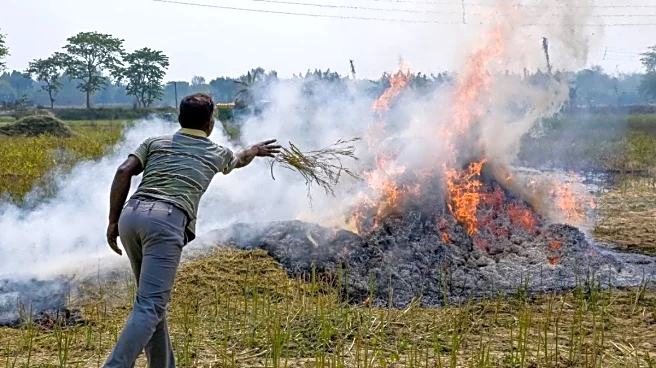The contribution of stubble burning to Delhi’s PM2.5 contribution surged to season’s highest at 9.4 per cent after a major spike in fire counts in Madhya Pradesh, Punjab and Uttar Pradesh on Thursday.
As many as 1,023 fire counts were reported in the six neighboring states – season’s highest – with Madhya Pradesh surpassing others with over 354 incidents, followed by Punjab at 351 and Uttar Pradesh at 200. This is also highest daily-count recorded in MP so far this season. The spike follows a drop in the farm fires, with 385 incidents recorded the previous day and, 425 the day before that.
Apart from local emissions, stubble burning remains a significant contributor to the toxic haze that blankets not just the national capital every winter, but the entire Indo-Gangetic Plains. According to the daily analysis done by the Indian Institute of Tropical Meteorology (IITM), Pune, the contribution of farm fires to Delhi’s PM2.5 concentrations surged to nearly 9.4 per cent – season’s highest on November 6. The share has remained around 2-4 per cent for most part of the harvesting season which began on September 15, except for an uptick on October 28 when it touched 5.8 per cent.
Satellites have so far recorded a total of 6,886 fire counts this harvesting season starting September 15 with Punjab accounting for the maximum cases at 3,284 incidents, followed by Uttar Pradesh (1,321), Madhya Pradesh (1,107), Haryana (206) and Rajasthan (965).
The number of incidents reported a sharp increase in Punjab after October 25, reaching season’s highest at 442 on November 1, but dropped to 351 on November 6. Sangrur (557) and Tarn Taran (537) continue to lead with highest number of incidents, with the state government also filing FIRs against farmers found burning the stubble. However, the state has experienced a significant decline in the total cases over the years – from 19,463 in 2023, to 5041 last year to 3284 this season so far.
Meanwhile, toxic haze continues to blanket the national capital with its Air Quality Index (AQI) settling at 311 (very poor) on Thursday. It was slightly better in the adjoining cities of Noida and Gurgaon where it dropped to 257 (poor) due to the winds. The latest air quality forecast suggests the AQI is expected to remain in very poor levels over the next few days.
This comes in the backdrop of a sharp fall in temperatures in Delhi, as the mercury settled 3-5℃ below normal on Thursday – around 26-27℃, while the night time temperature fell to 11-12℃ ahead of the winter season. The meteorological conditions play an important role in Delhi’s winter smog, bringing down the ventilation index and hindering the ability of atmosphere to disperse the existing pollutants.












